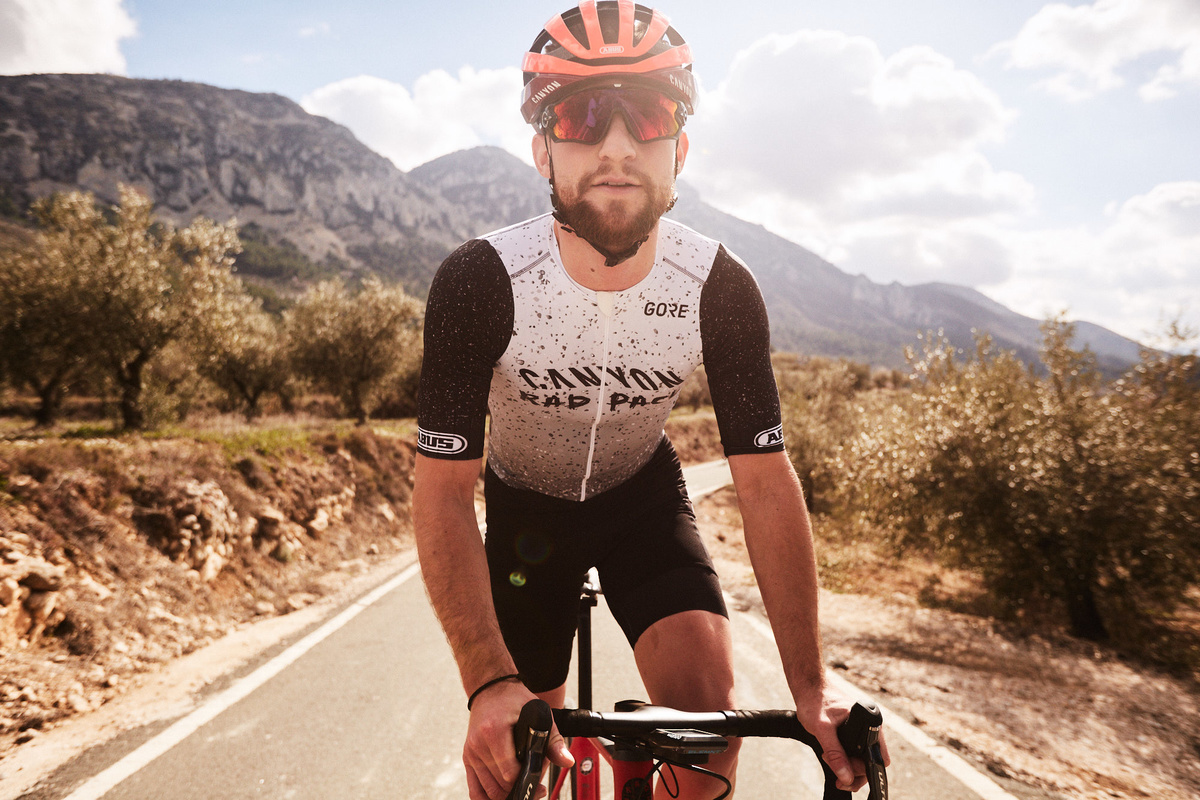Training with power on the bike is a surefire way to get the most out of your training time and effort. While many still use heart rate-based training methods (which have been tried and true) heart rate is affected by many factors outside of effort alone. When using a power meter like the SPEEDPLAY POWER, you are measuring muscular effort and adaptations alone. One of the key elements to using a power meter is to understand what these metrics mean for you as a rider. What does threshold power mean? How often should we be training in tempo effort? Understanding key metrics will help you make the most out of using your power meter.
What is Threshold Power?
Functional Threshold Power, commonly referred to as FTP, is the power you can sustain for 60 minutes of effort. This power number is the foundation of what all of your training zones or percentages are based on. While you may hear many athletes boasting about what their threshold power is, it is not the end-all-be-all descriptor of a cyclist’s or triathlete’s ability. While there are some cyclists who excel at producing high numbers for threshold tests, there are others who may excel in other areas such as peak power or have high ceilings for VO2 max power.
While there are many different “FTP” tests you may come across, there is one test that takes a four-dimensional view of your riding strengths and weaknesses. Maybe we are (a bit) biased, but 4DP is the obvious option to get the full picture of your personal cycling abilities. The more you know about yourself as an athlete, the more effectively you will be able to tailor workouts to both your weaknesses and your strengths. Full Frontal gives you a four-dimensional view of your riding in a singular session, most of the other tests will only give you a single value snapshot of your own power profile.
While other tests will vary in the results, it is important to note this one test result can not necessarily be applied to all other similar or comparative tests. The result you produce for FTP in a Full Frontal test will be different from the result produced by doing a standard 20-minute all-out effort. Why? Full Frontal takes 100% of your 20-minute power to determine your FTP after the MAP (5-minute maximum) effort, while the standard 20-minute all-out test takes 95% of the 20-minute effort produced as your FTP. We have observed over the past 2 decades various athletes of a range of ability able to push between 5 and even in excess of 15% above their true FTP for an all-out 20-minute test effort.
Establishing Power Zones
Once you have established your FTP, you can then begin to identify the various power zones that your training will encompass. These power-derived zones are what you will use for every workout. They will help you to train effectively at the correct zones in order to help you hit the numbers necessary to maintain your current fitness levels but to also act as guidelines so that your recovery days truly are recovery. Use your 4DP/Full Frontal Test efforts of NM (5s) / AC (1 min) / MAP (5 min) / FTP (20 min) as assessed during a single session like Full Frontal – NOT based on your single best of all of those durations or you’ll be overshooting targets and failing often.
Zone 1: Recovery – < 55% of FTP
Zone 2: Endurance – 55-75% of FTP
Zone 3: Tempo – 76-89% FTP
Zone 4: Threshold – 90-105% of FTP
Zone 5: VO2 Max / MAP (maximal aerobic power) – 106% FTP, 80% AC (anaerobic capacity)
Zone 6: Anaerobic Capacity – 80% of AC – 60% of NM (neuromuscular power)
Zone 7: Sprint/NM – >60% NM
Keys for Training With Power
Now that you have a power meter, established your training zones, and are ready to begin implementing this into your training, it is important to understand some of the key concepts to training with power.
- Be sure to keep endurance workouts appropriately easy. Though some days you feel great and it is easy to drift your way into tempo power…fight the urge! These zones are to help you increase your fitness and trusting the process of using this data is key to building your fitness and optimizing your recovery. There is plenty of time for you to hammer out hard efforts in your training, save your energy for these big days!
- Think of training with power as a top-down approach. What do we mean by this? First build your speed (cadence) which is improved with neuromuscular work. Next comes building force production…big gear intervals! Finally, you can begin work to focus on building your power. If using the 4DP method you can look at training as follows: start with NM workouts first, followed by MAP, then FTP, and finally AC. This is a good idea for progression of training targets over time.
Many of us can fall into a Tempo power trap during training. It sounds like a good idea since it’s near race pace for longer events, but it can be too hard to provide the aerobic endurance gains that allow you to build more specific capacity and performance ability that comes from a more polarized training plan incorporating truly easy, aerobic sessions and harder more specific high-intensity training sessions. If you look at the amount of time that even elite Kenyan runners spend running at marathon race pace, you’ll find that it’s less than 10% of their training volume!



